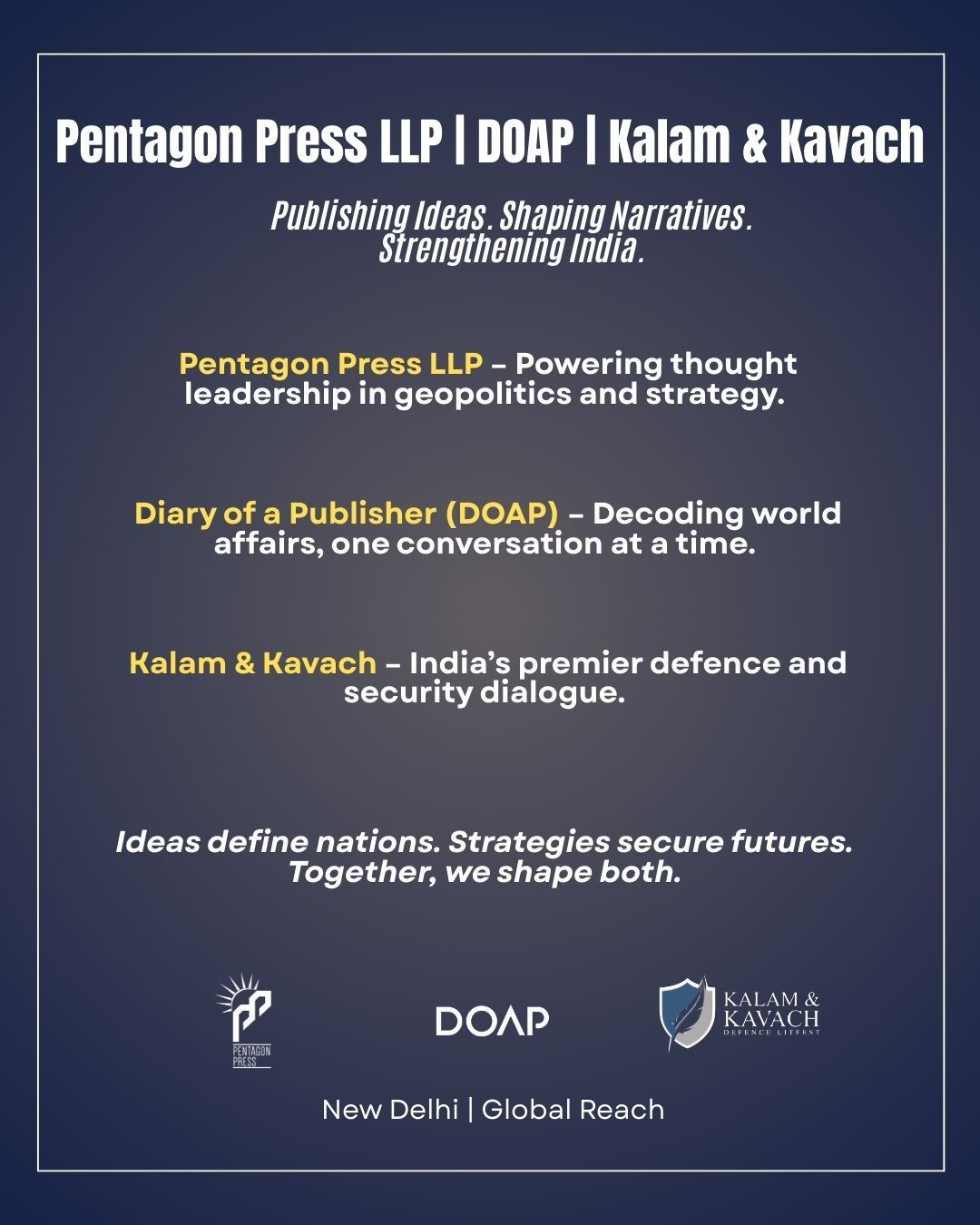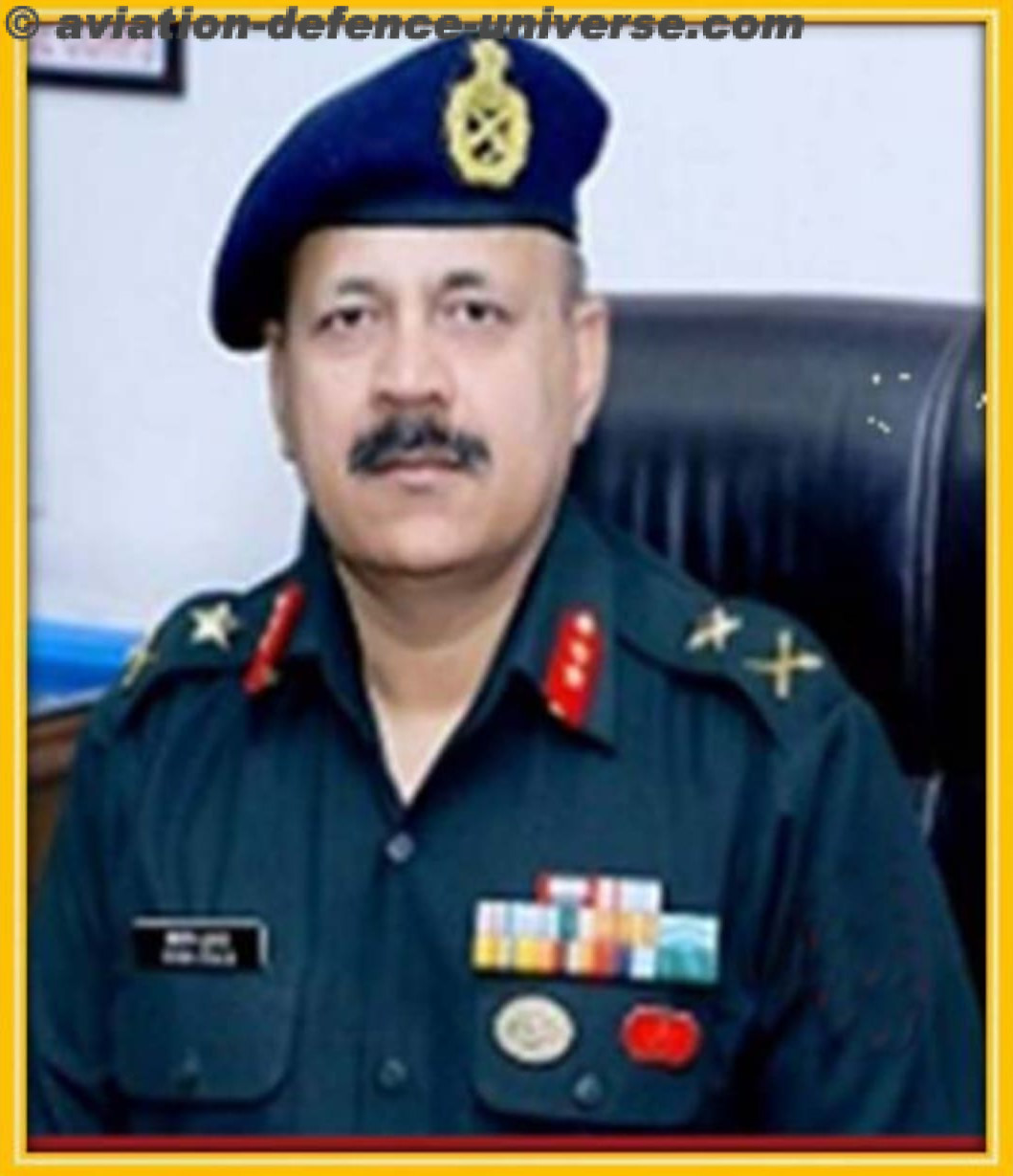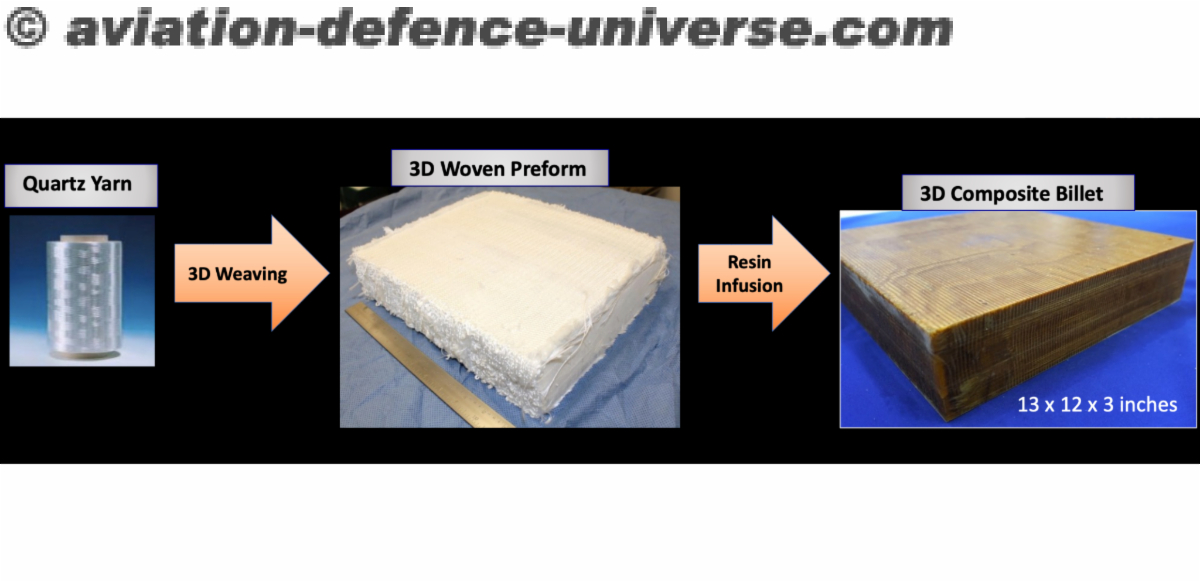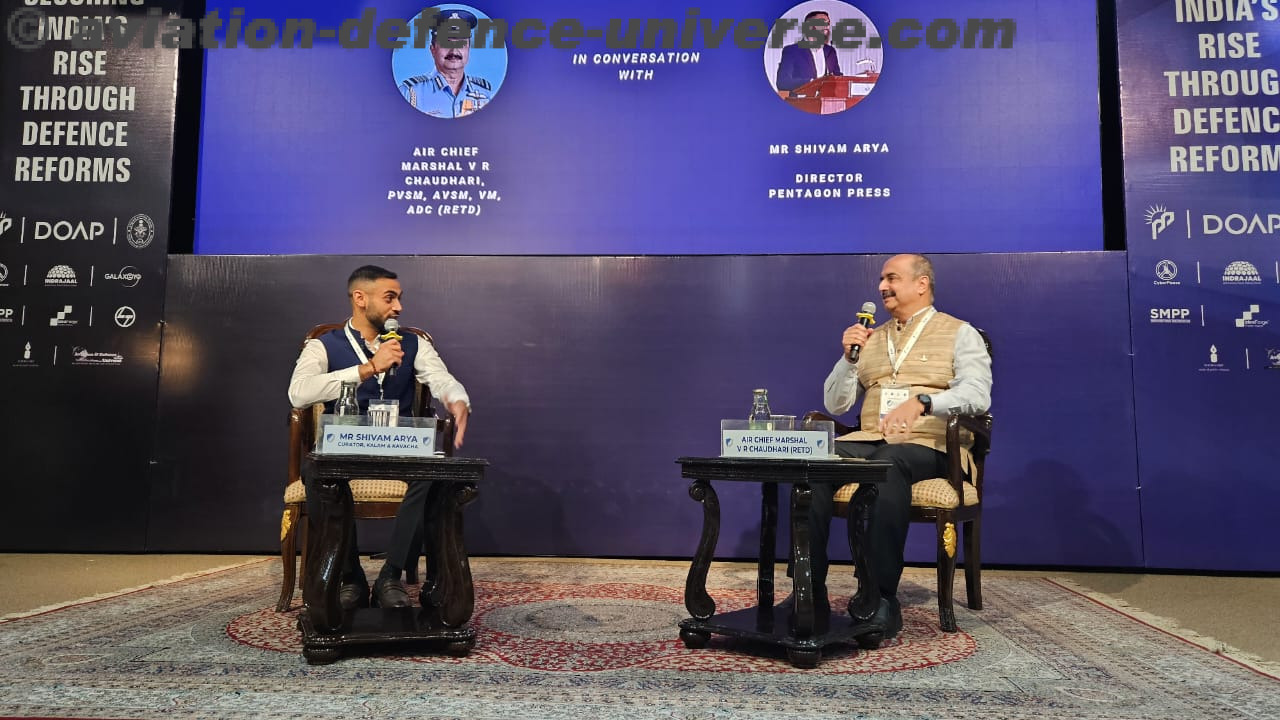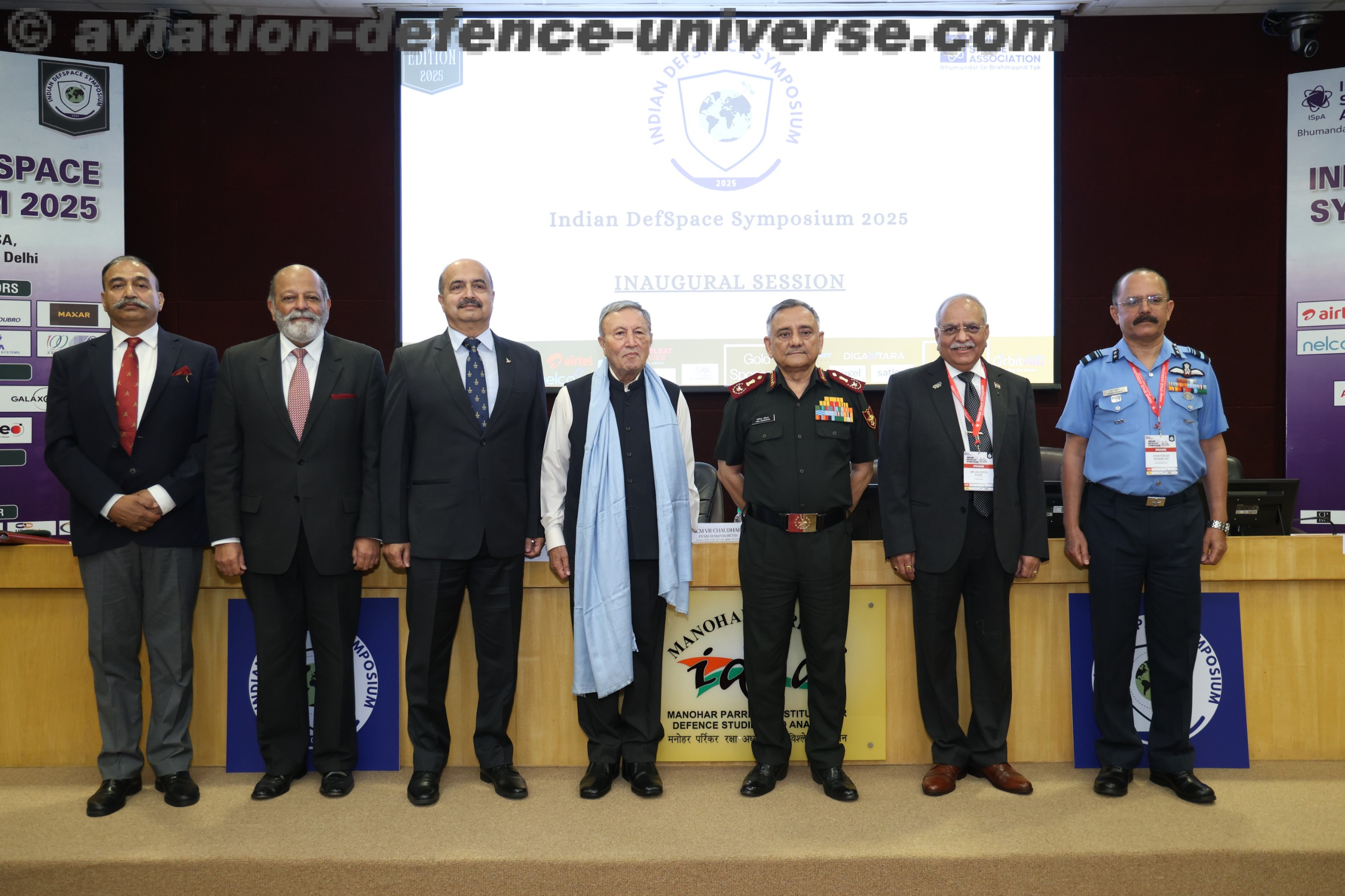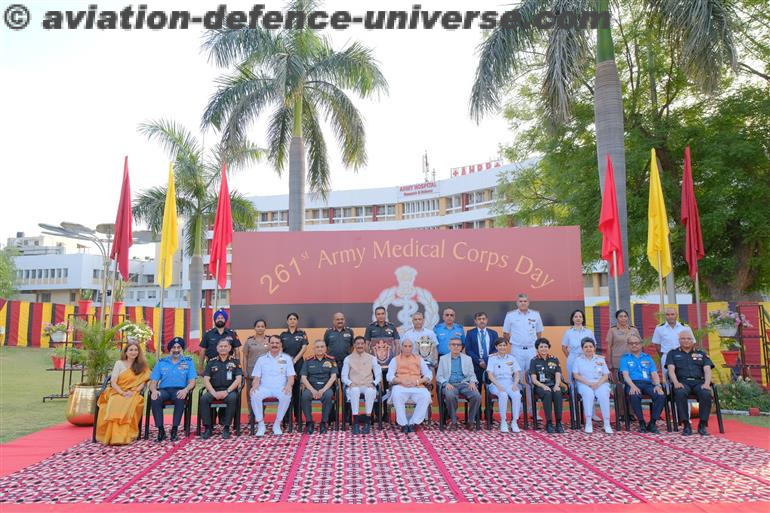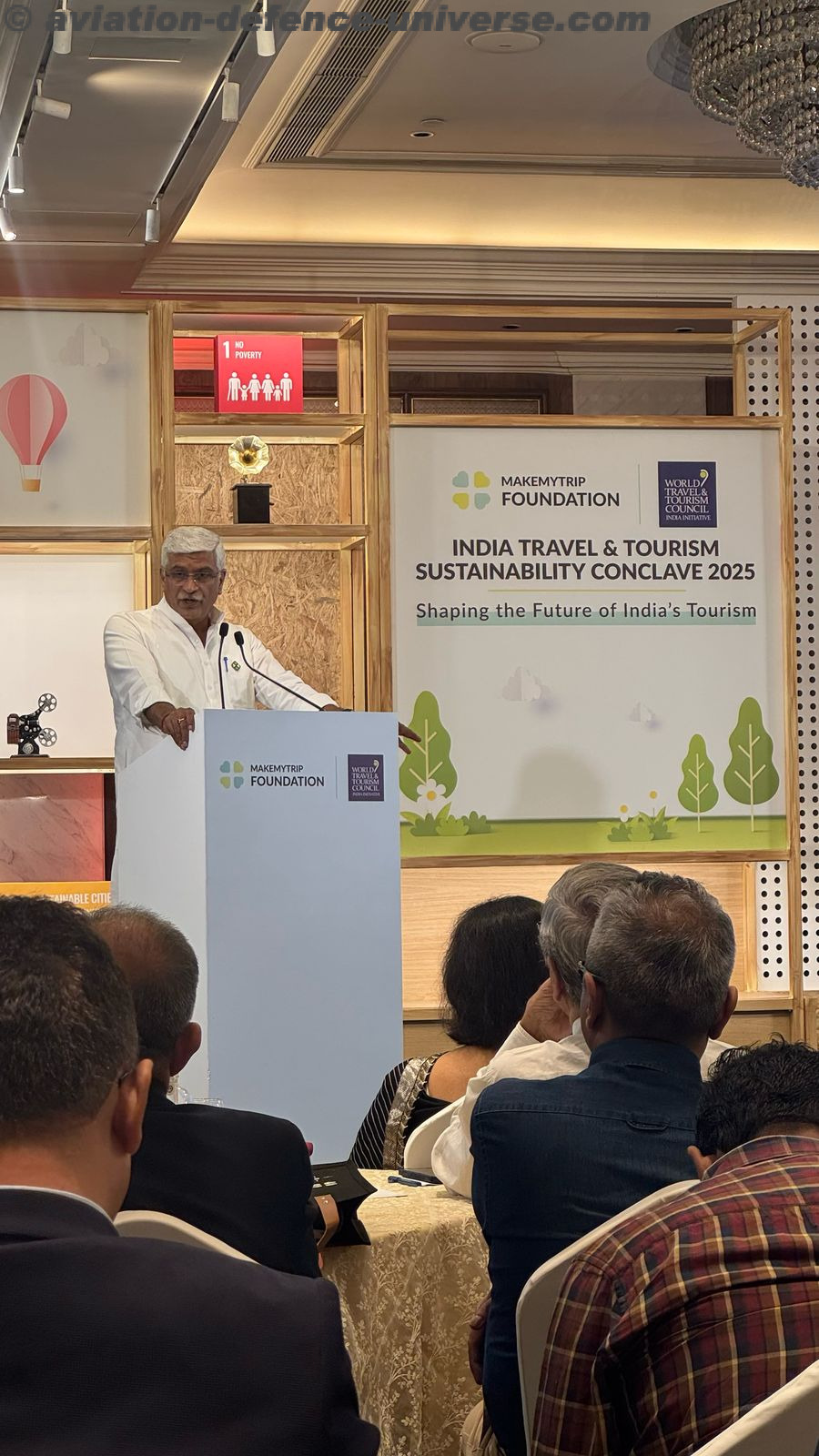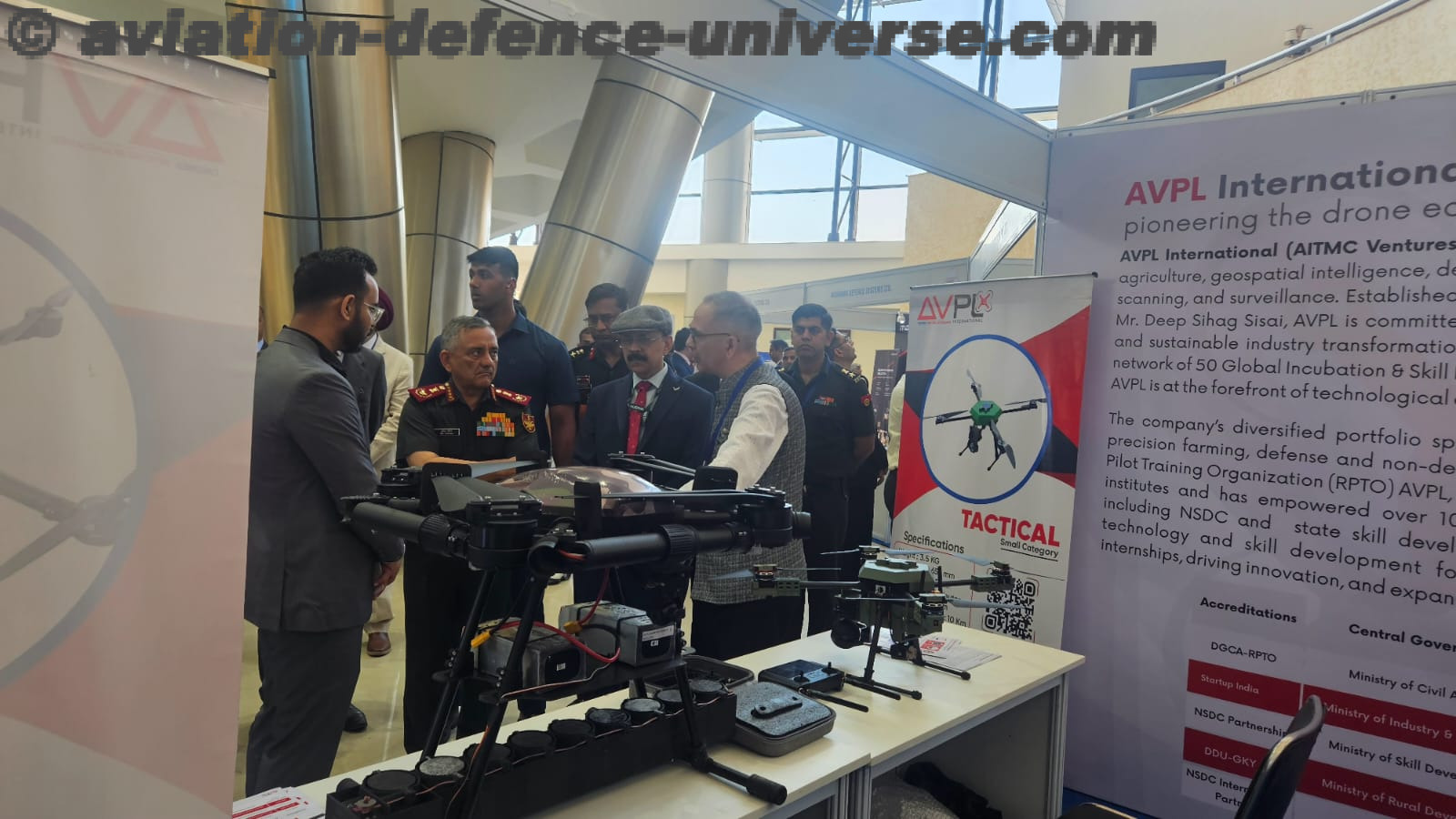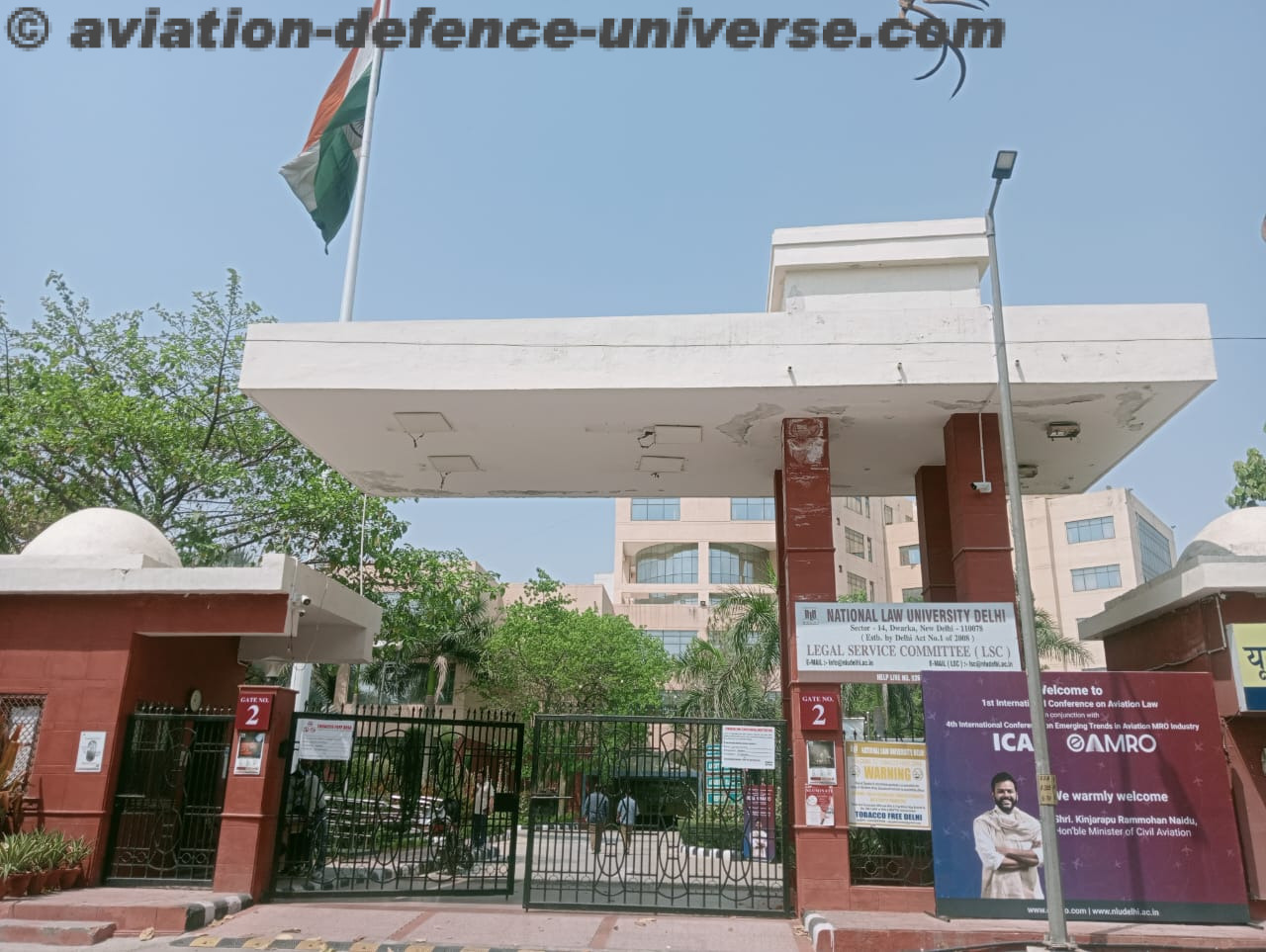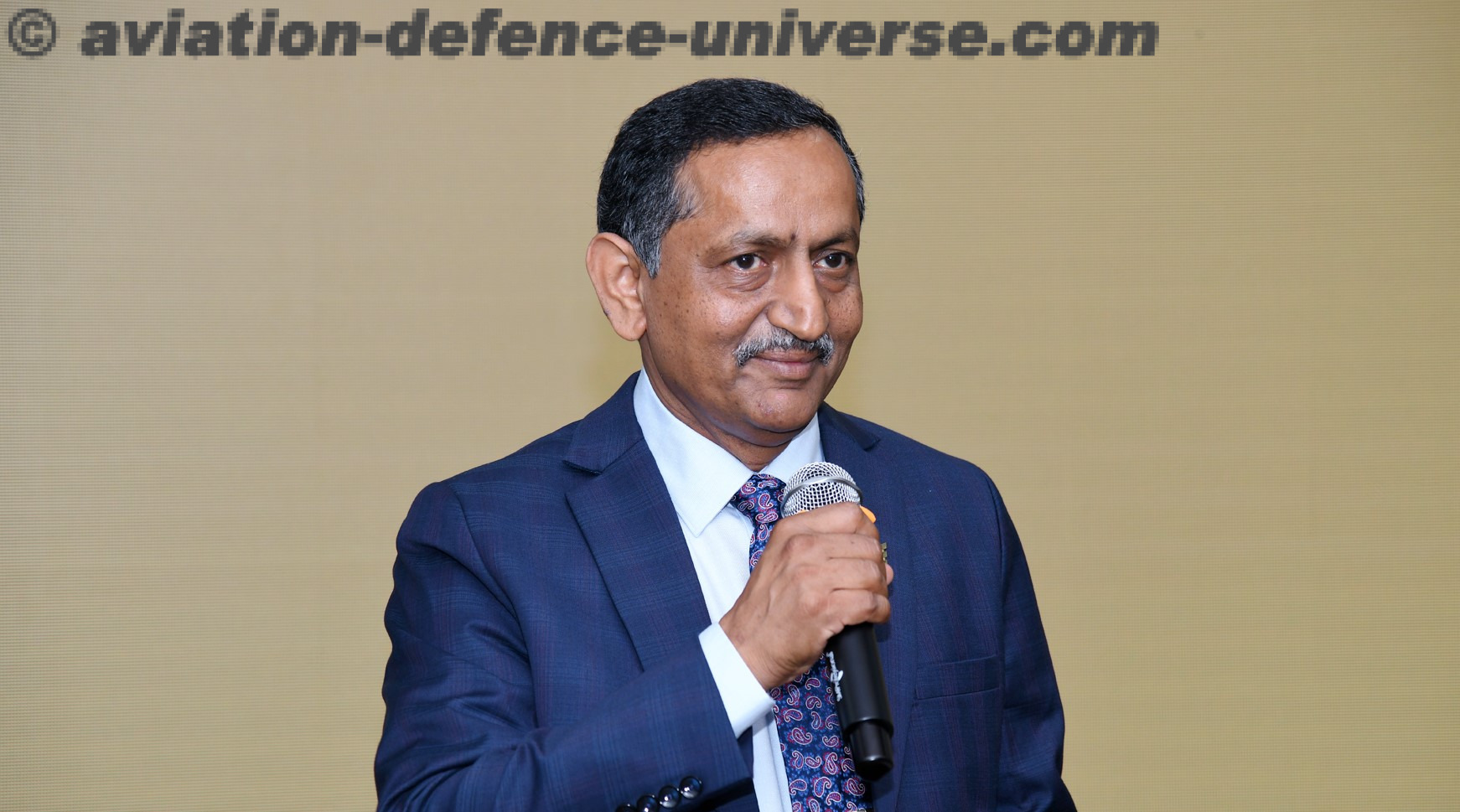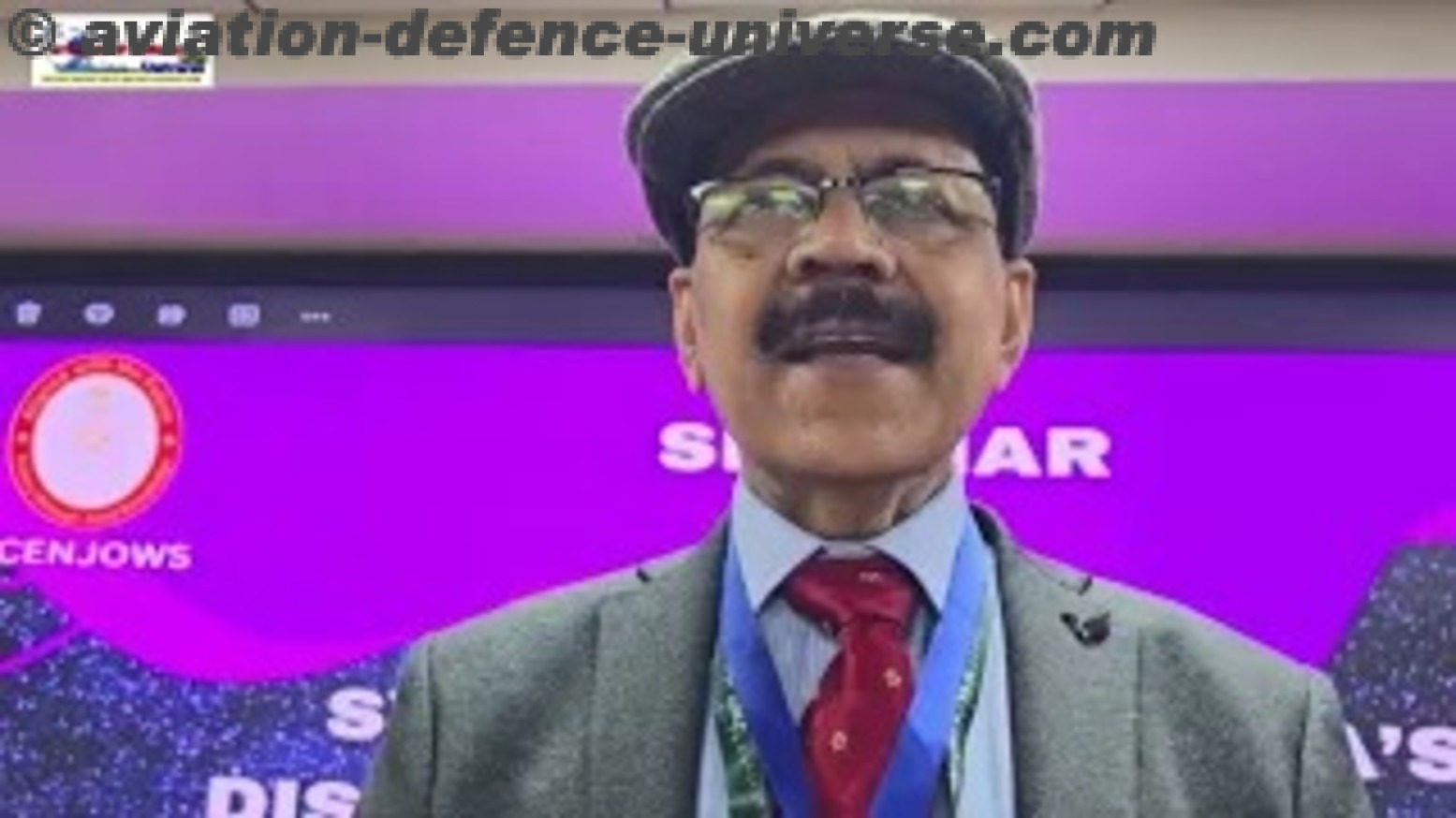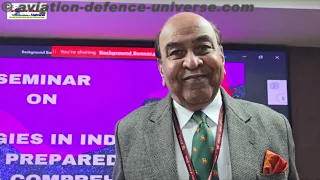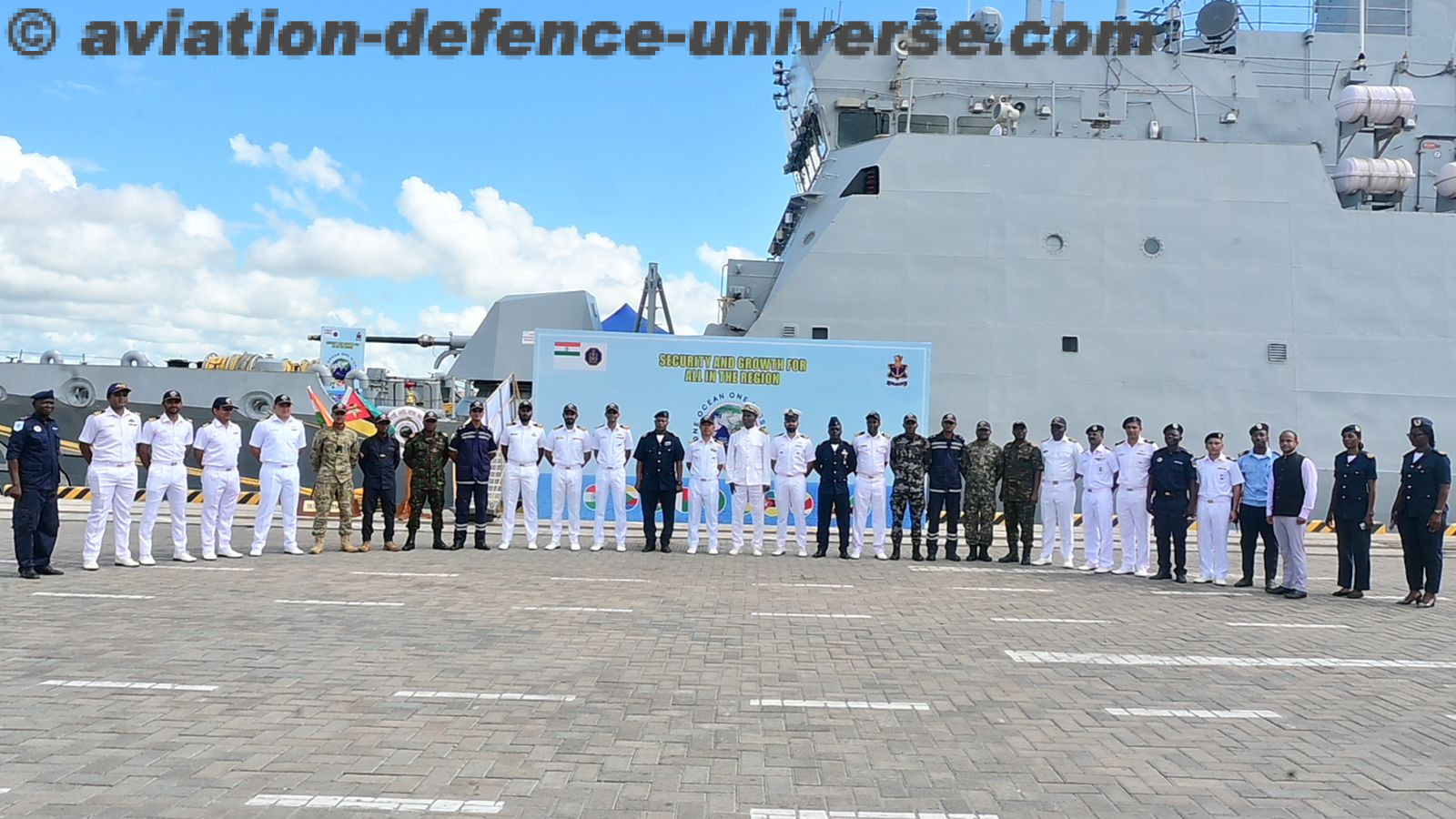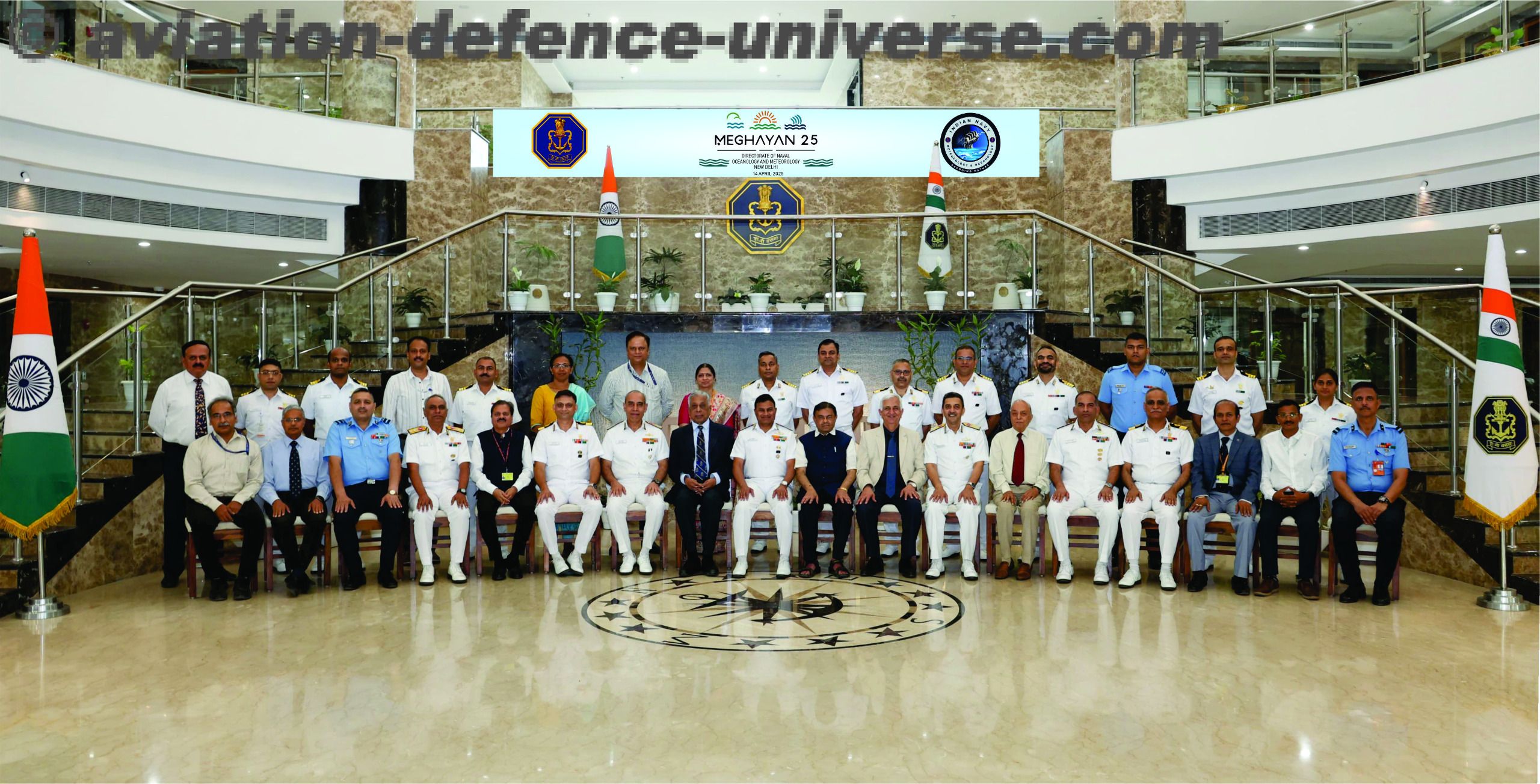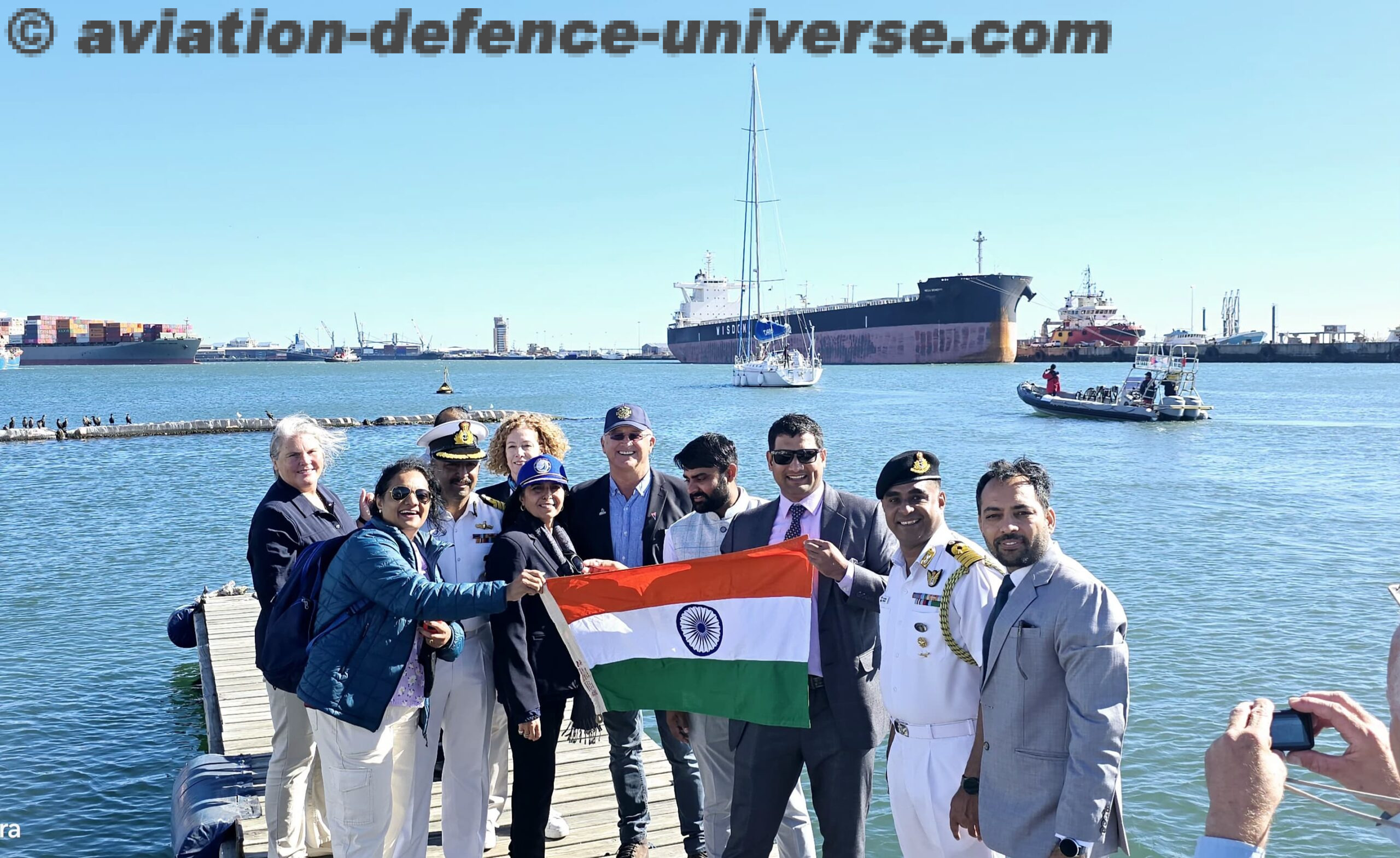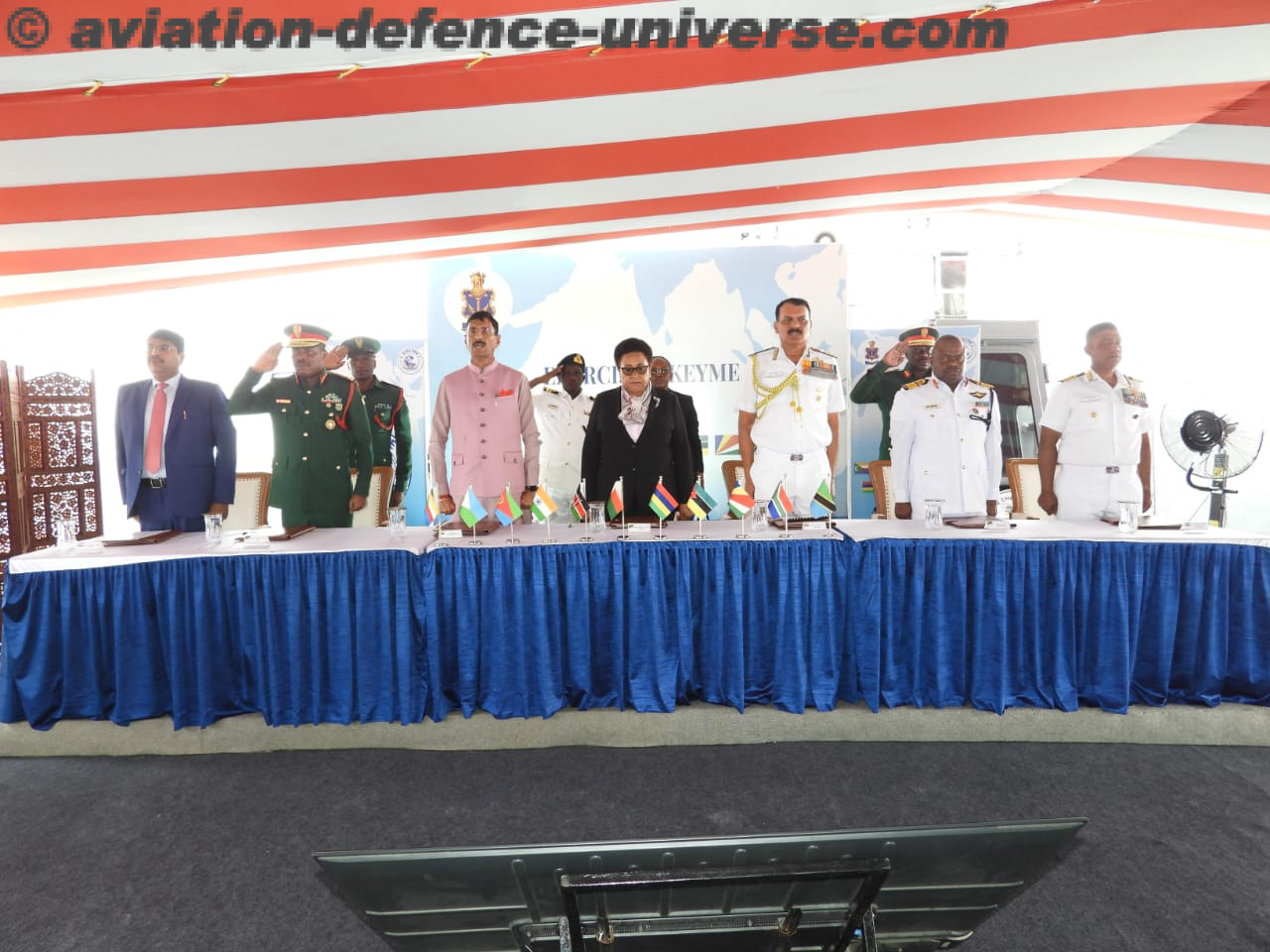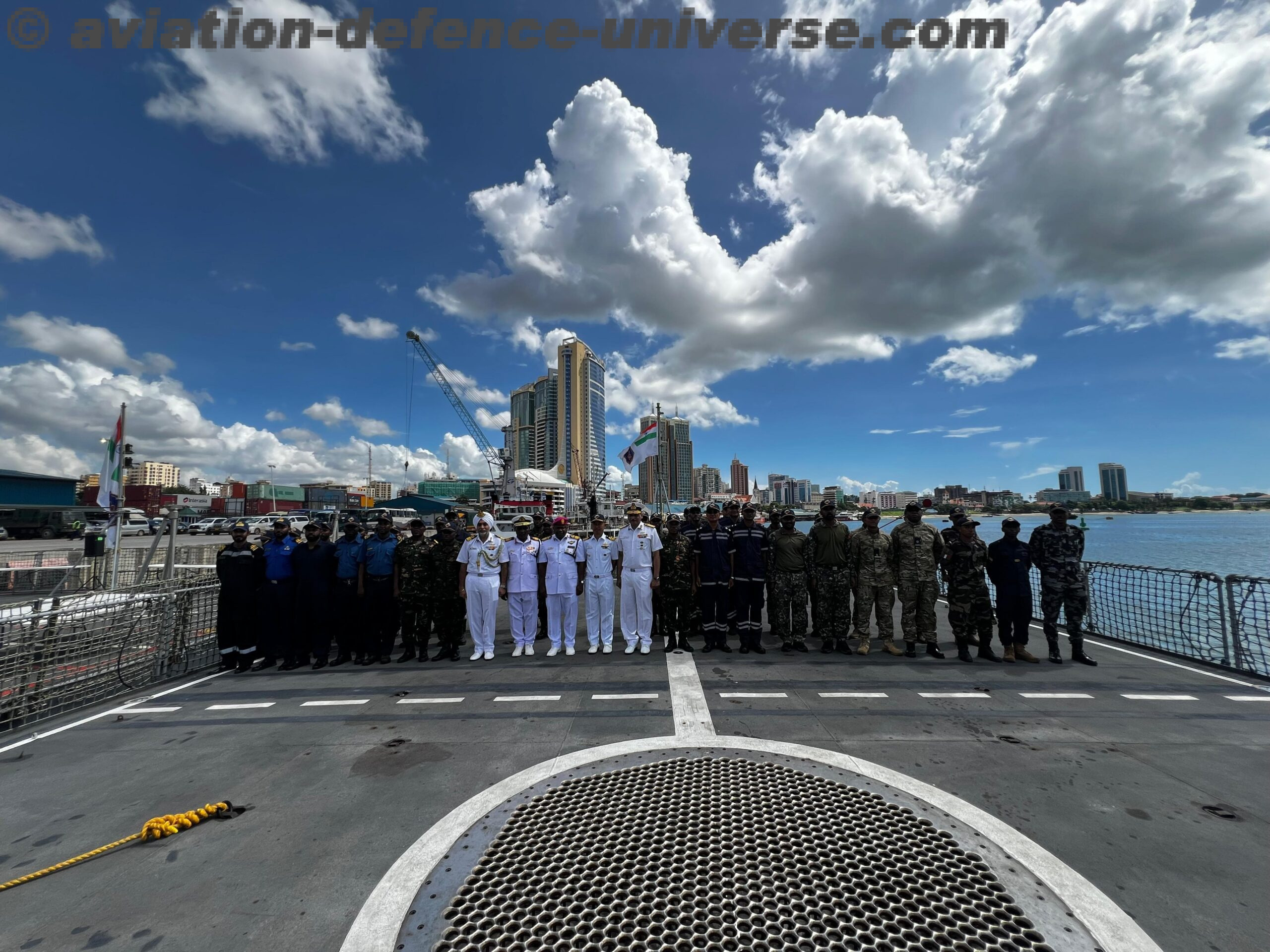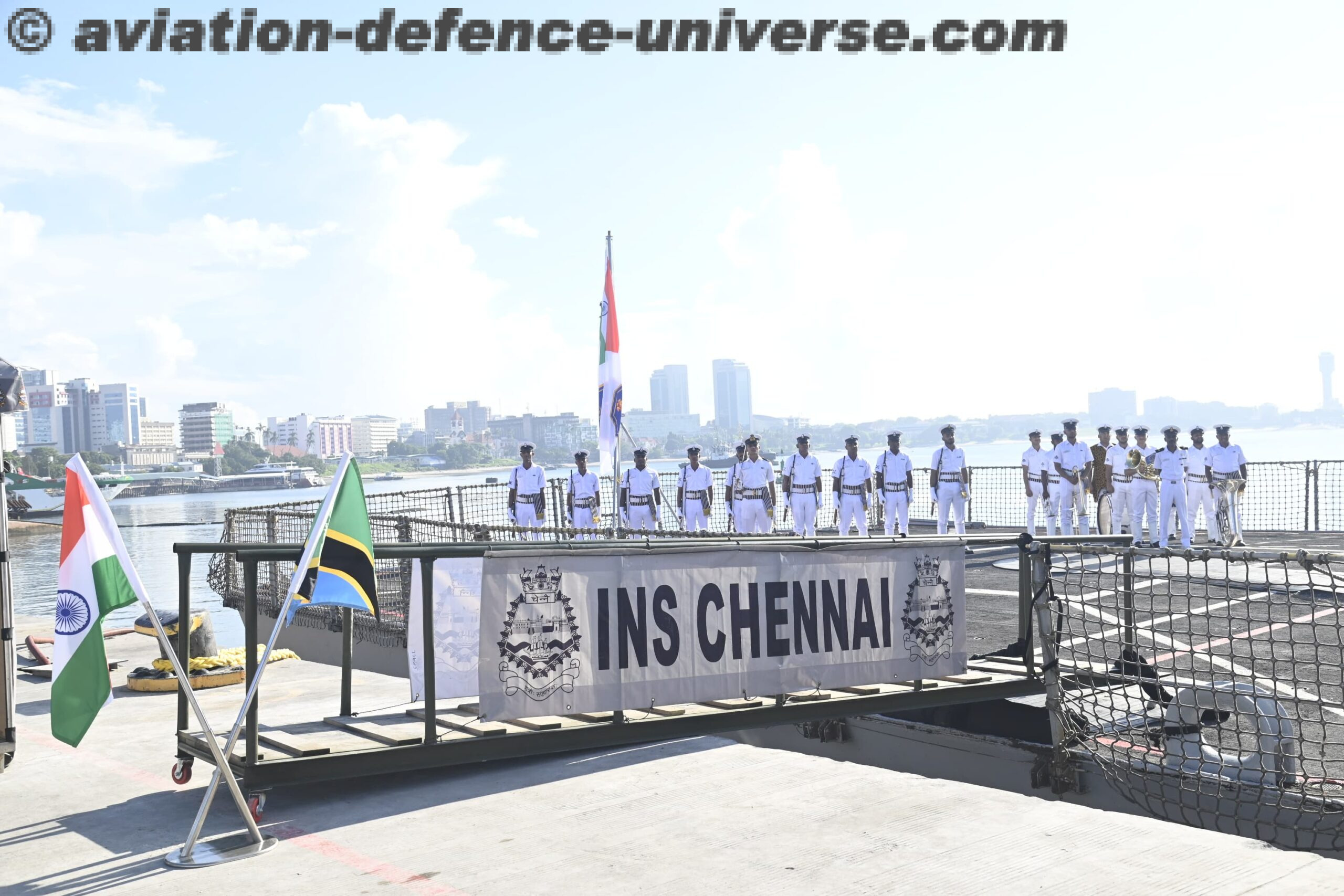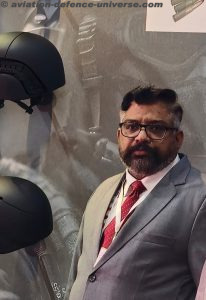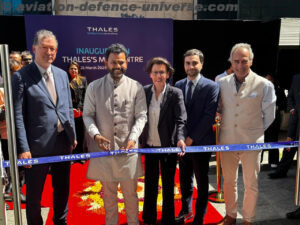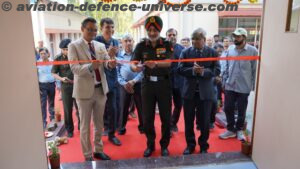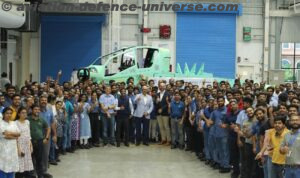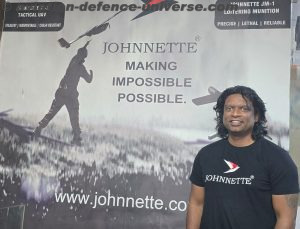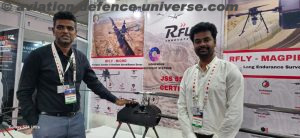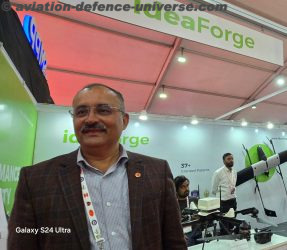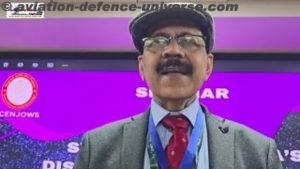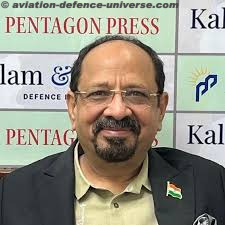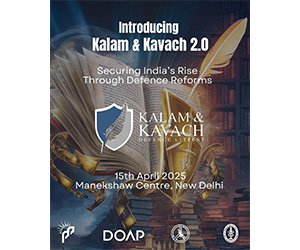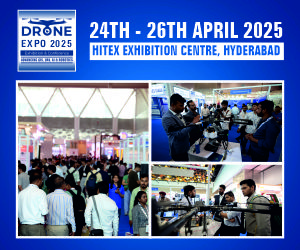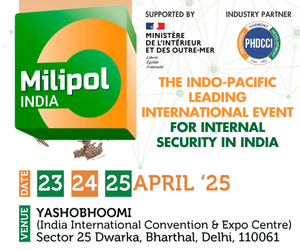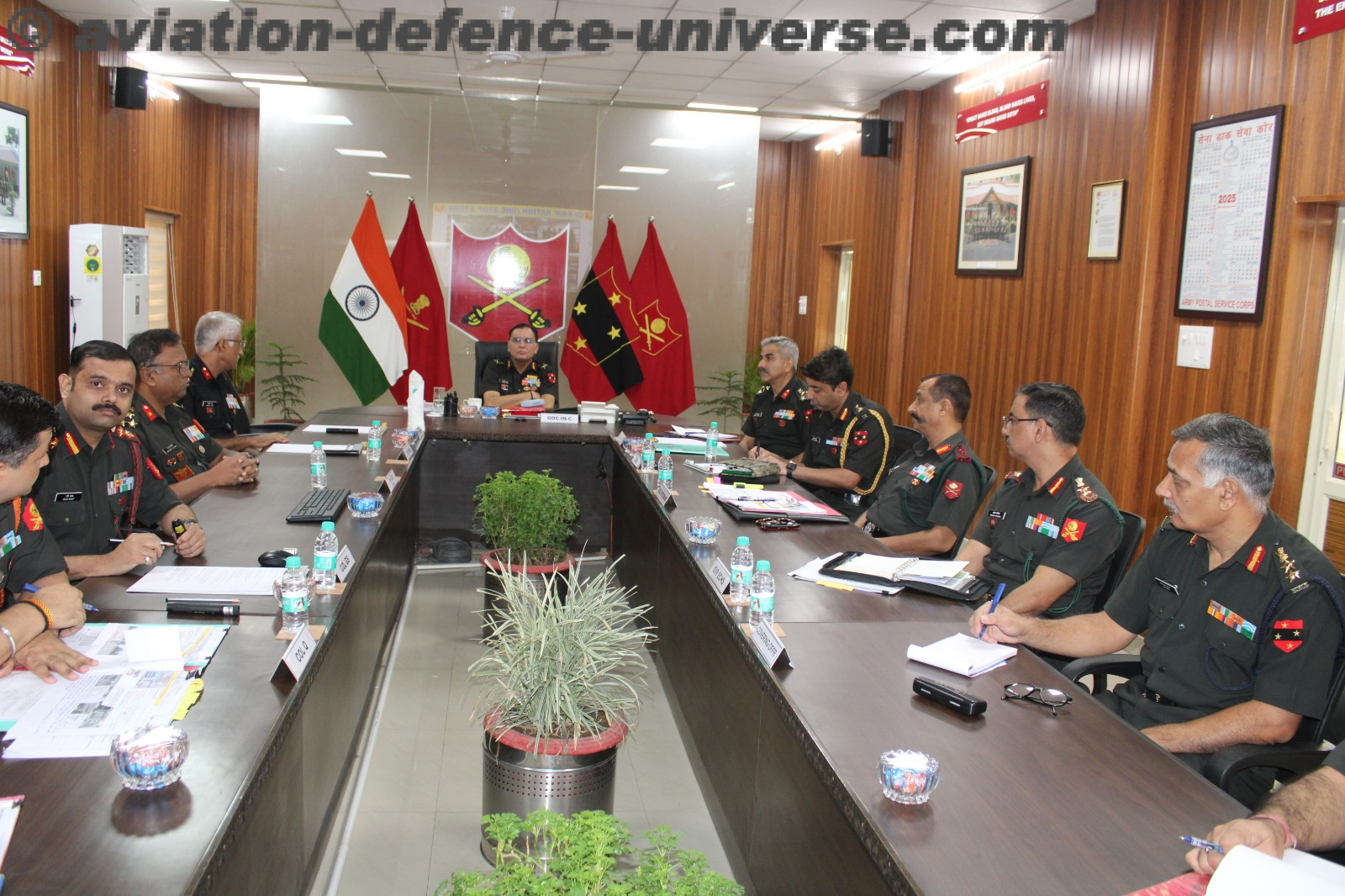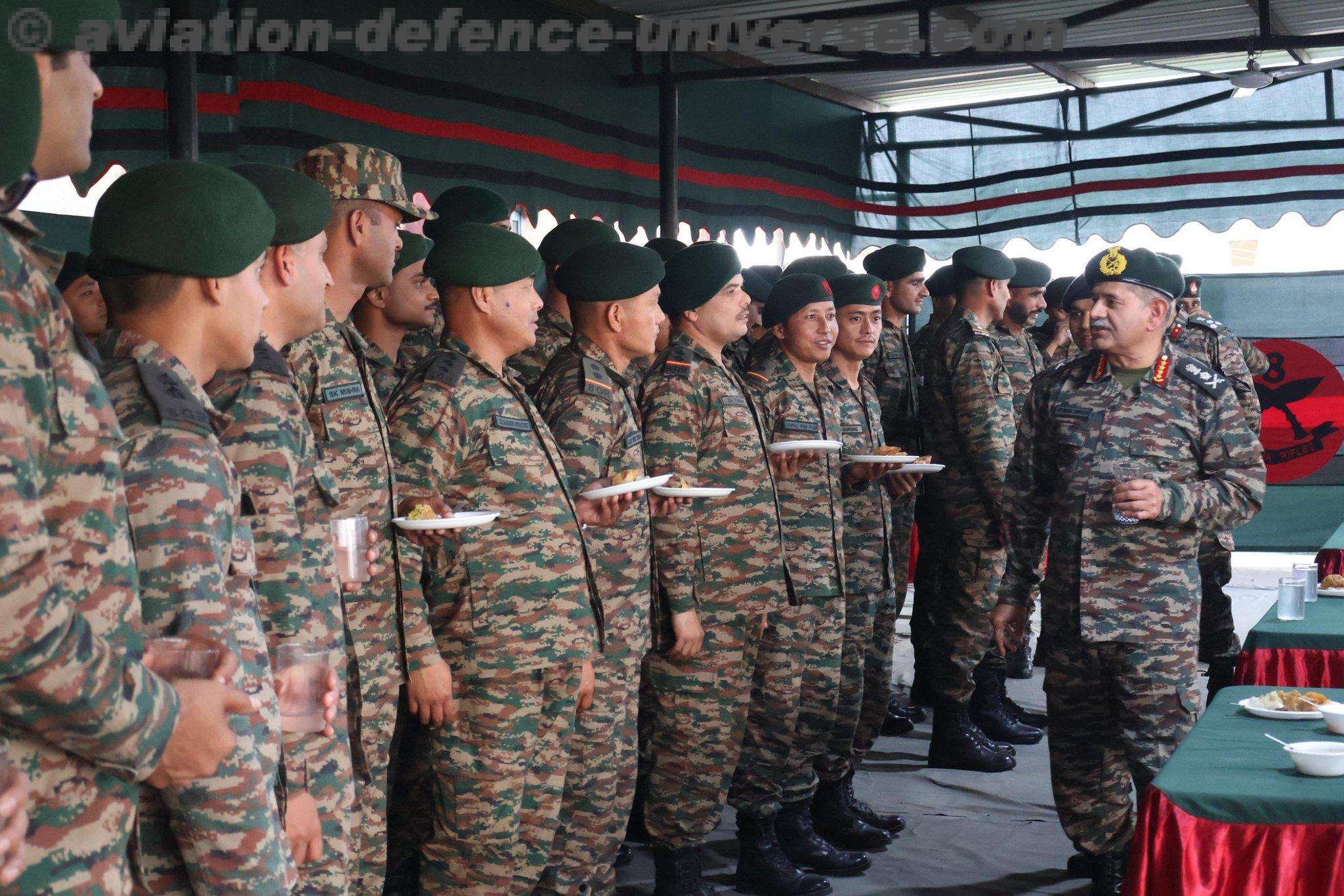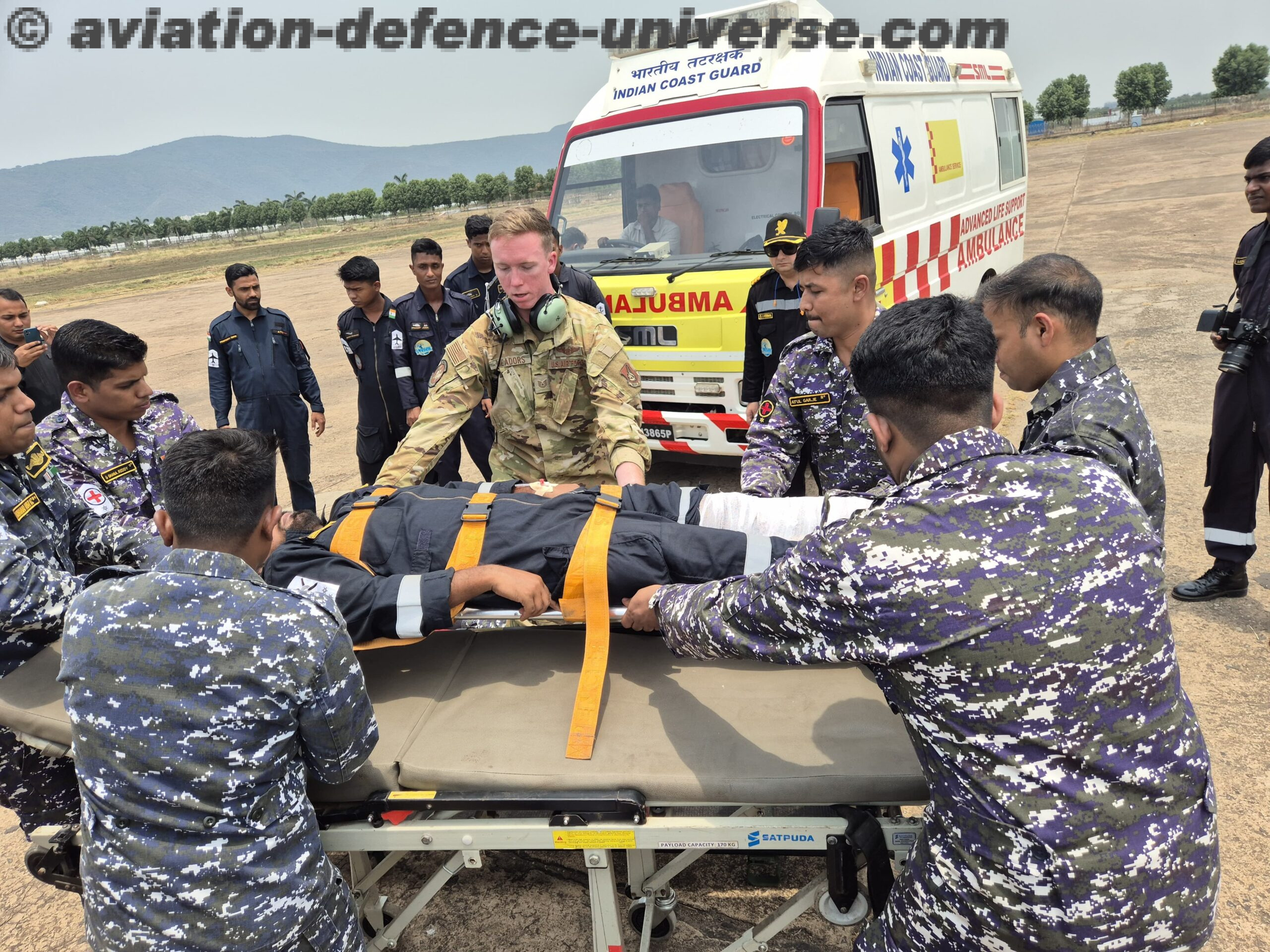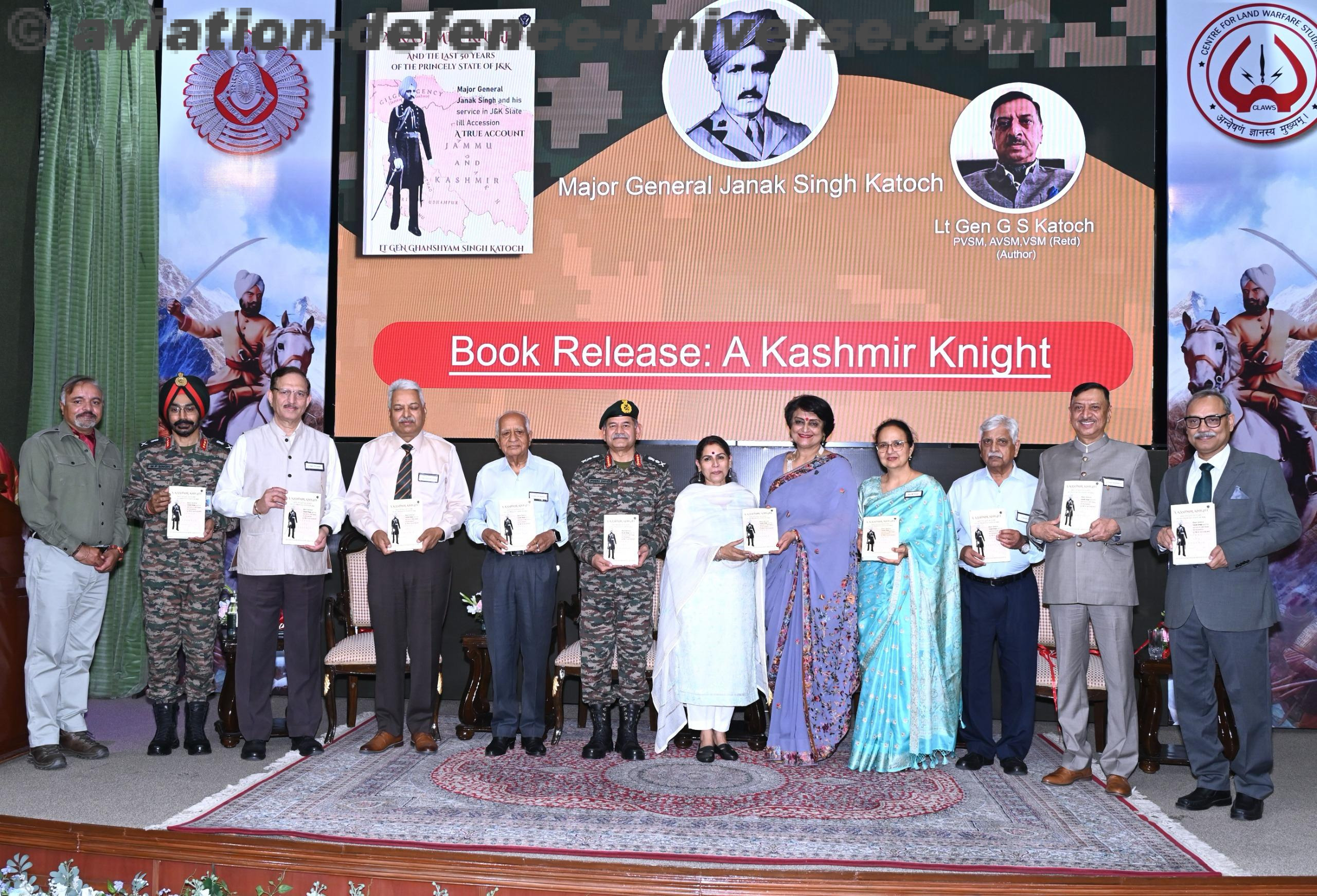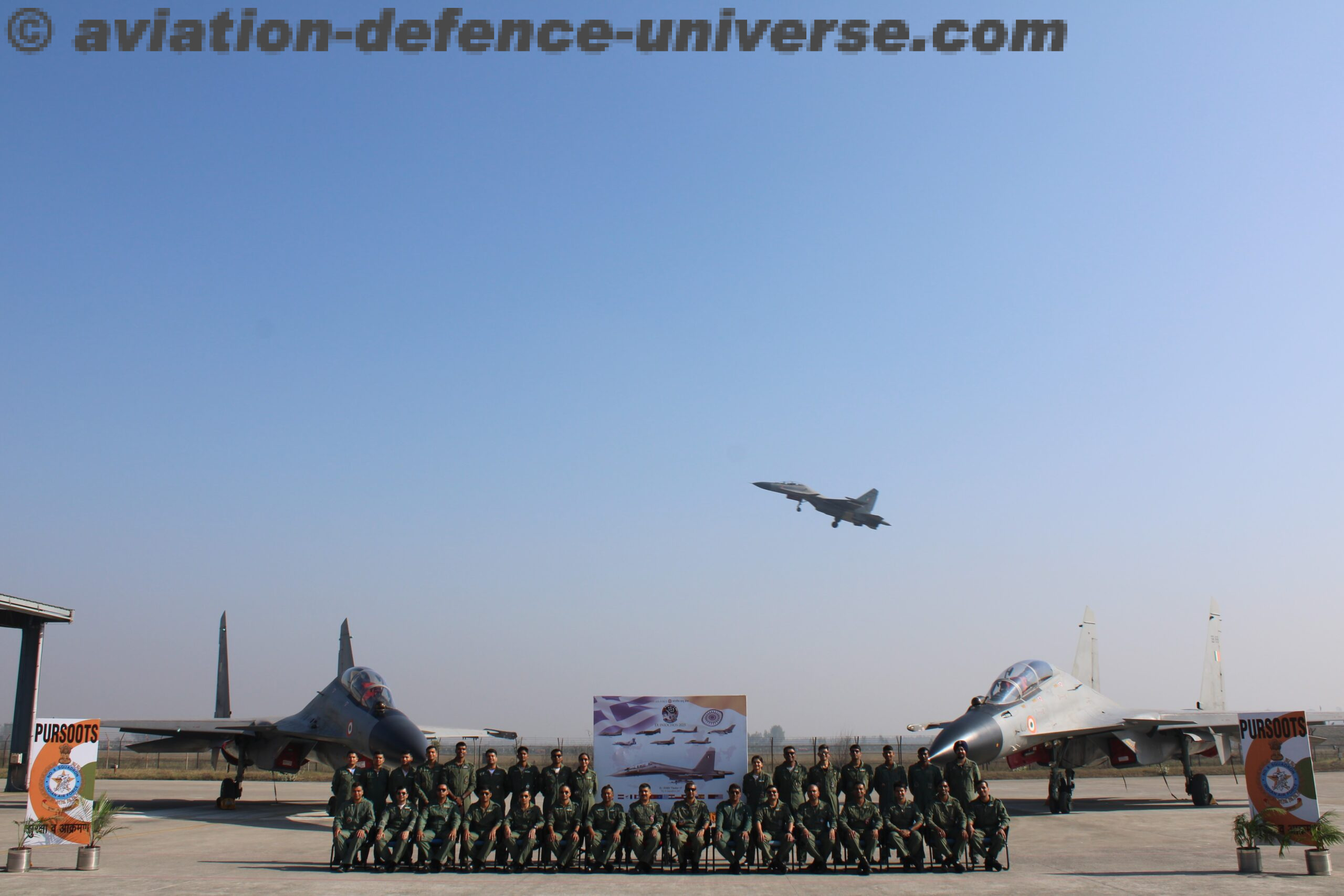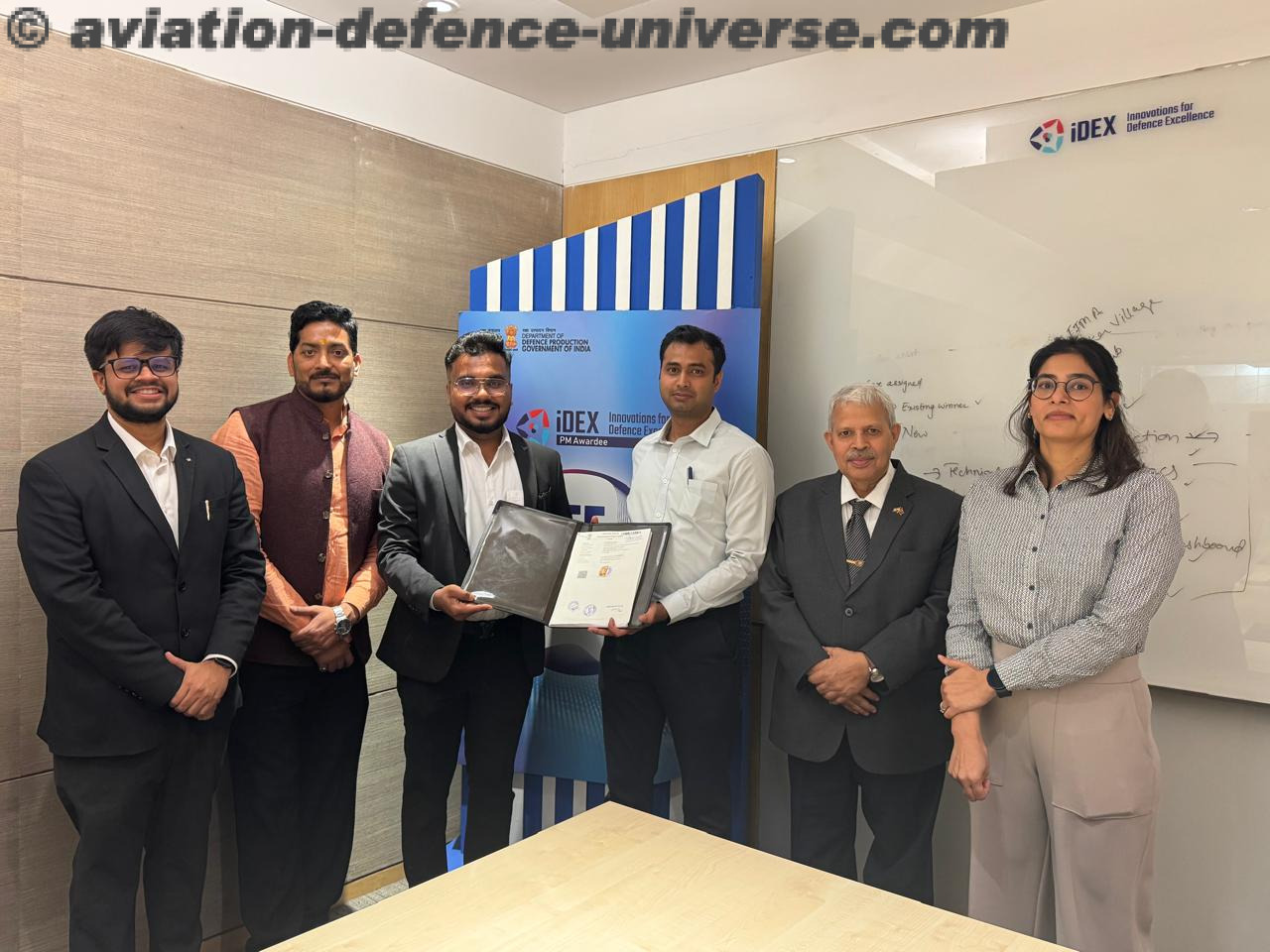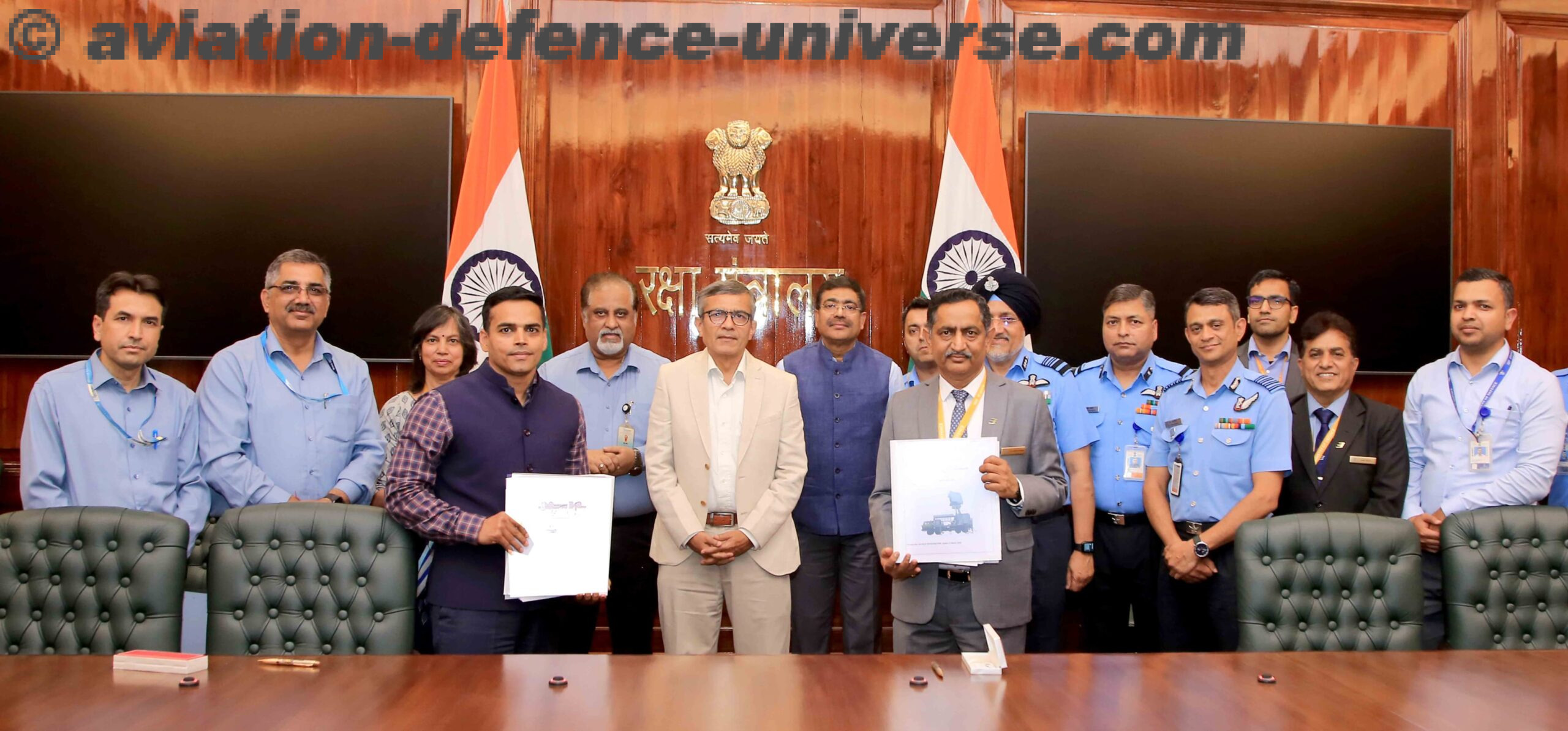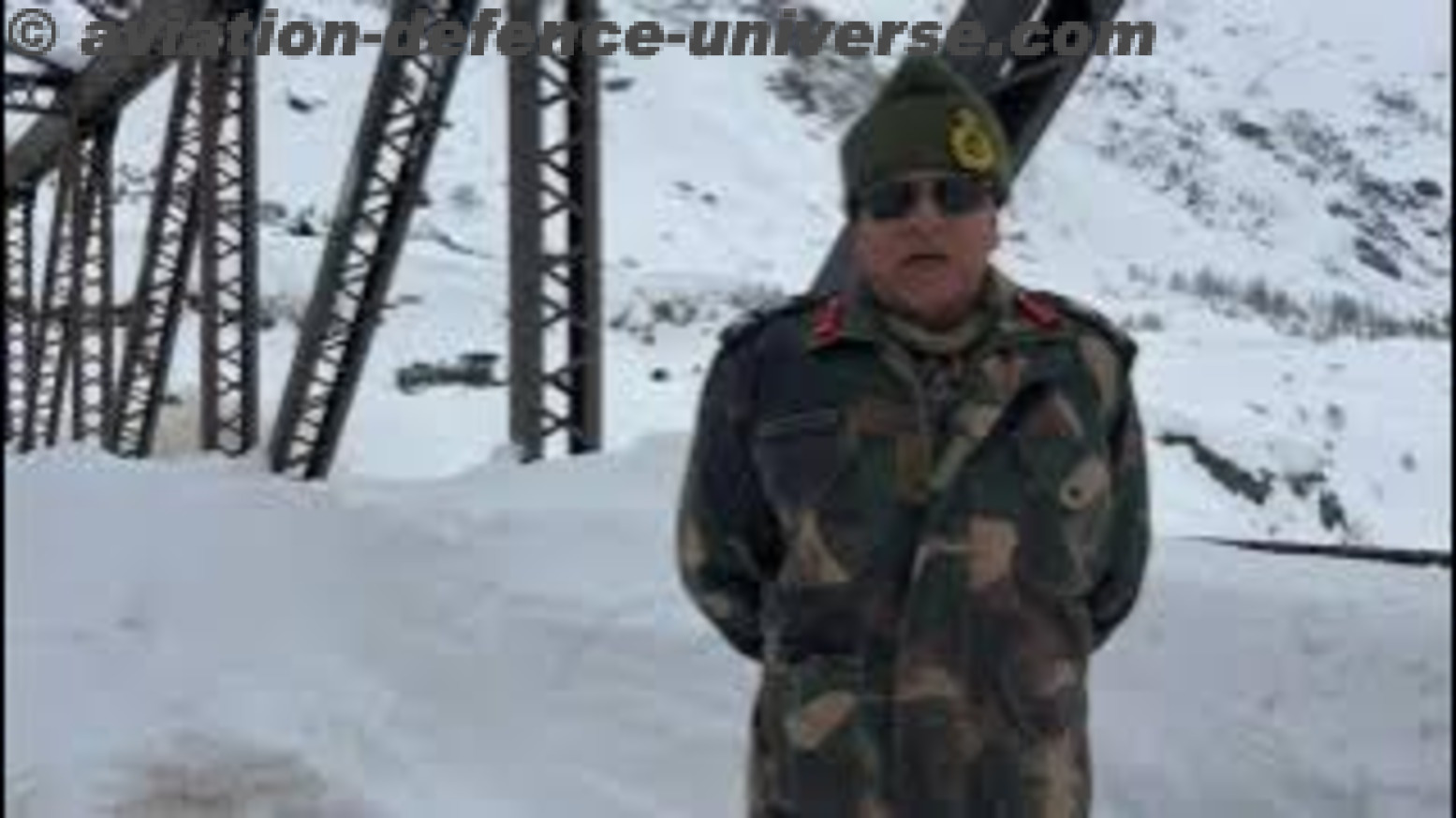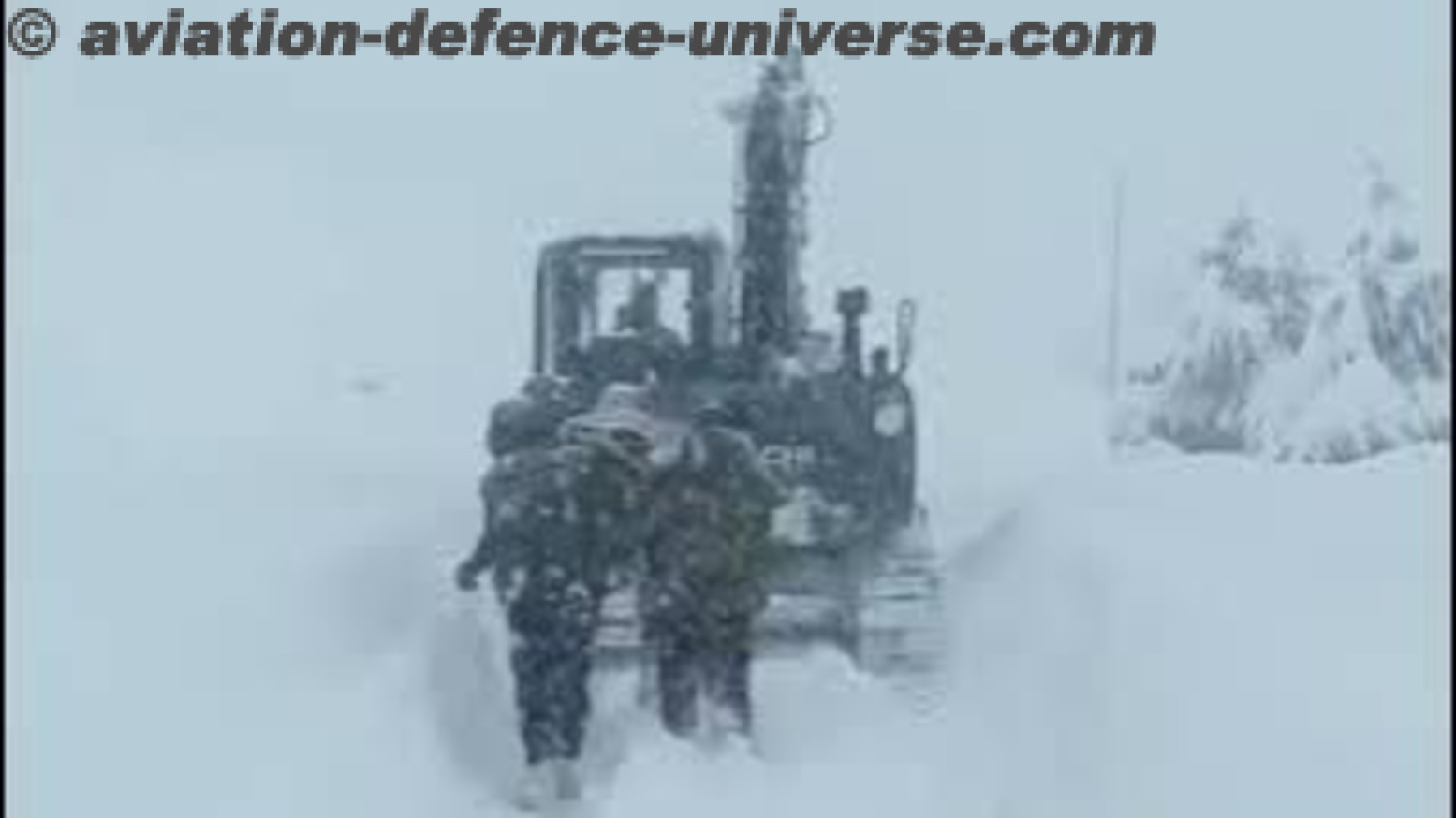- Cost-Effective Helmets and Jackets Tailored for Indian Conditions
By Sangeeta Saxena
Leh/New Delhi. 30 September 2024. In recent months, concerns have been raised about the procurement of protective gear for soldiers in various high-conflict zones across India. Safety helmets and gear for high-altitude regions are crucial for protecting military personnel. In these regions, not only are temperatures dangerously low, but the risk of injury from falling debris, artillery, or harsh weather conditions is also heightened. High-altitude safety helmets are specifically designed to withstand severe impacts while offering protection against unique threats like armor-piercing rounds, as seen in conflict zones. Additionally, protective gear such as jackets must be lightweight for mobility, yet strong enough to provide insulation from cold temperatures and defence against advanced weaponry. The gear often includes smart climate control systems, ensuring that soldiers and users can operate comfortably and safely in some of the world’s harshest environments.
Vikramjeet S Mann, Head of Sales & Marketing , SMPP, shares his insights on the ongoing procurement issues, the unique threats Indian soldiers face, and how their company has developed indigenous solutions designed to offer better protection at a lower cost, with Editor Aviation & Defence Universe (ADU) at Leh recently during Himtech 2024, co-organised by Indian Army and FICCI. In this interview, he discusses the importance of providing the right gear for the battlefield and how SMPP is addressing these challenges with their range of helmets and jackets.
ADU. Over the past six to seven months, there’s been a surge in procurement for protective helmets. Can you pin-point the concerns that have arisen because of this?
VSM. Yes, what we’ve seen is that many procurement cases involve helmets labeled as NIJ Level 3, meaning they are designed to protect against AK-47 MSC rounds. However, these helmets, which are being purchased at an exorbitant price, are misleading our soldiers. They are told that these helmets offer full protection against AK-47 rounds, but in reality, they don’t stop artillery shots or AP (armor-piercing) rounds, which are commonly used in conflict zones like the Kashmir Valley. Soldiers think they’re protected, but they’re not, and that’s leading to unnecessary casualties.
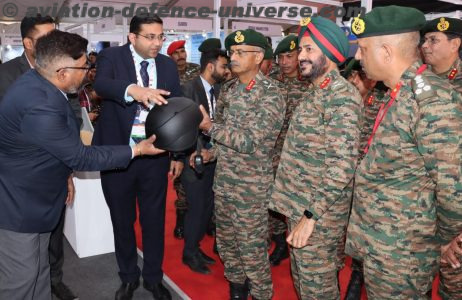 ADU. This is a serious issue. Have you taken steps to educate the Army about this discrepancy?
ADU. This is a serious issue. Have you taken steps to educate the Army about this discrepancy?
VSM. Absolutely. We’ve been trying to tell the Army that the procurement is not only expensive but wrong for the threat level in these regions. We were recently called by the Army, where they told us they were losing soldiers to head shots. They showed us the rounds they were facing, and we presented helmets designed specifically to protect against those threats. Our helmets, which are manufactured indigenously and offer twice the protection at almost half the cost.
ADU. Can you elaborate on the threat levels and how they differ in India compared to other countries?
VSM. The geopolitical situation in India is unique. The types of rounds used in conflict zones here, like AP rounds, aren’t common in European or other regions. Therefore, the helmets and jackets procured in India need to be tailored to these specific threats. We’ve developed solutions to meet these needs, with a special focus on what our soldiers are actually facing in the field.
ADU. Aside from helmets, what about the protective jackets? Are similar issues being faced there as well?
VSM. Yes, absolutely. The adversaries have started using more advanced, armor-piercing rifles, like the Chinese-made SS-109s and modified AK-47s. We’ve developed GIS Level 6 jackets that stop these rounds. The Army recently had a requirement for 15,000 such jackets for high-altitude units and we’re ready to supply those. These jackets offer the highest level of protection while being lightweight and modular, so soldiers can adjust them based on their roles and requirements.
Q: Have you received much interest from the Army and paramilitary forces during the event here?
VSM. Yes, we’ve had great footfall. The end-users—Army officials and paramilitary forces—are here and have shown keen interest in the solutions we’re offering. They’re surprised to see that such advanced, tailor-made solutions are available right here in India. We’ve had visits from senior officials, including the DG of Police from Srinagar and the Ladakh DGP. They’ve already committed to buying 3-plus level helmets, and trials have taken place successfully. There’s an active case in J&K for procuring these helmets, so we’re optimistic.
 ADU. That’s encouraging to hear. Is there anything else you would like to add?
ADU. That’s encouraging to hear. Is there anything else you would like to add?
VSM. I’d just like to emphasize that with the “Make in India” initiative, we’re working hard to provide solutions that are tailor-made for the specific threats perceived by Indian soldiers. We urge more people to come and see the products, run trials, and realize the benefits of using gear designed for Indian conditions. Our products are built to meet the unique challenges of high-altitude and high-threat zones.
Vikramjeet S Mann from SMPP highlights the critical need for indigenous, cost-effective solutions for the Indian Army and paramilitary forces. With tailored protective gear, such as helmets and jackets specifically designed to face the threats encountered by Indian soldiers, SMPP is making strides in supporting the “Make in India” initiative. Their innovative solutions are not only helping to reduce costs but also ensuring the highest level of protection for soldiers on the ground. With growing interest from the Army and ongoing trials, SMPP is hopeful that their products will soon be widely adopted, improving safety for soldiers in high-conflict zones.
As told to Sangeeta Saxena


